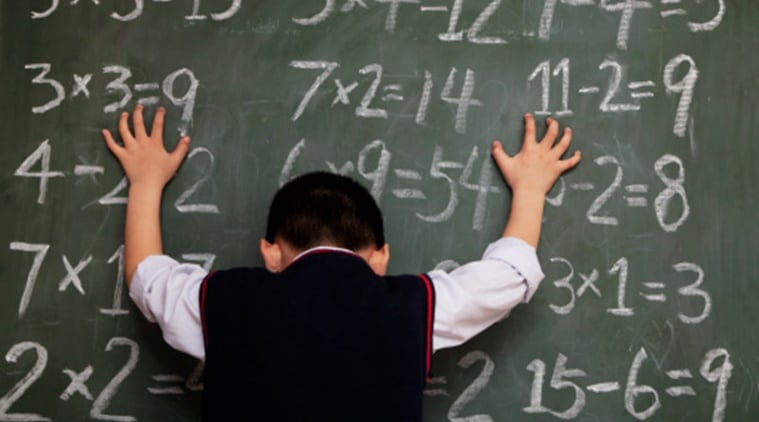By Arjun Mohan
The mathematical universe is greatly influenced by theorems and derivatives invented by Indian mathematicians and scholars which have changed the course of the world. From Aryabhatta’s p to Ramanujan’s Mock theta functions; Mahalanobis’ Distance theory to CR Rao’s Theory of Estimation, India has been at the forefront of mathematical revolutions. These inventions helped spread the application of mathematics across areas like trade and commerce, astronomy and mathematical analysis from being restricted to agriculture and construction in the initial eras.
Rise of the number system
The rise of numerals in India began with the Harappan civilization which used decimal system for deriving weights and measures. This was taken further with the development of arithmetic operations such as additions, subtractions, multiplications, squares, cubes and roots in the pre-1000 BC Vedic era. These mathematical developments pole vaulted in the era of S. Ramanujan, one of India’s greatest mathematician, who made significant contributions to the field of mathematical analysis, number theory, infinite series, and continued fractions with almost no formal training.
The man who knew infinity
Srinivasa Iyengar Ramanujan was known for deriving solutions to mathematical problems which were considered to be unsolvable. His fascination with numbers and theorems started at a very young age and he conjectured or proved over 3,000 theorems and equations in his lifetime.
His contribution to mathematics lies majorly in infinite series, analysis and game theory. It was because of his keen insight and intelligence that he came up with infinite series for p. In fact, the number 1729 is known as Ramanujan’s number because he identified the beauty behind it – it’s the smallest number which can be written in the form of sum of cubes of two numbers in two ways, i.e, 1729=1³+12³=9³+10³. Another one of his renowned contributions to mathematics is the partition of numbers which explains the number of ways that a positive integer can be expressed as the sum of positive integers.
His discoveries are now helping physicists explore the dark secrets of the universe. Honouring his contribution, the country celebrates his birthday, December 22, as National Mathematics Day. His style of mathematics reflects his understanding of the subject which was based on comprehending the real world actions and reactions. His unique style of learning puts emphasis on allowing students to construct their own knowledge which honours their learning ability to help them become independent thinkers.
The art of learning Math
While math continues to find relevance in today’s world, its complexity has increased over the years leading to a fear among students about the subject. This calls for an evolution of learning techniques which promotes the use of real-life examples along with quality teaching to better explain the concepts and discourage the practice of rote learning among students.
Conceptual understanding over rote learning: Ramanujan has been recorded as saying how numbers used to ‘speak to him’, which helped him solve complex theorems in a simplified manner. His understanding of mathematics came from a practical and real-life approach of understanding concepts as he was devoid of any formal training during his initial years.
Being constantly curious: Ramanujan never stopped asking questions. He never accepted a solution without truly understanding the “why” and we need to bring that child-like curiosity back into our education system. Mathematics is a highly logical subject which must evoke curiosity instead of fear in students. The right teaching approach with an engaging curriculum can go a long way in making students fall in love with this subject.
Un-complicating the so-called complicated: Traditionally, maths has been taught in an abstract manner which makes it one of the ‘most feared’ subjects. Understanding and exploring maths concepts is still driven by the fear of exams instead of the love for the subject. Taking students through the same concepts visually – using real world examples like calculating the distance to school or assessing the amount of weekly expenditure will help children understanding the daily impact of Math in our life.
The emphasis on conceptual understanding has to be made right from a child’s formative years. Great Math education will give rise to an informed generation, which is adept at the subject and makes substantial contribution to the field of mathematics. Throughout his life, Ramanujan demonstrated an unparalleled passion towards Mathematics and more than formal education, it was his love and creativity for the subject that led him to greatness. The inspiration drawn from Ramanujan can go a long way in shaping our approach to learning and I hope that on this day every student across the country and world looks at him for their dose of inspiration.
-The author is VP Marketing & Teacher at BYJU’S – The Learning App

